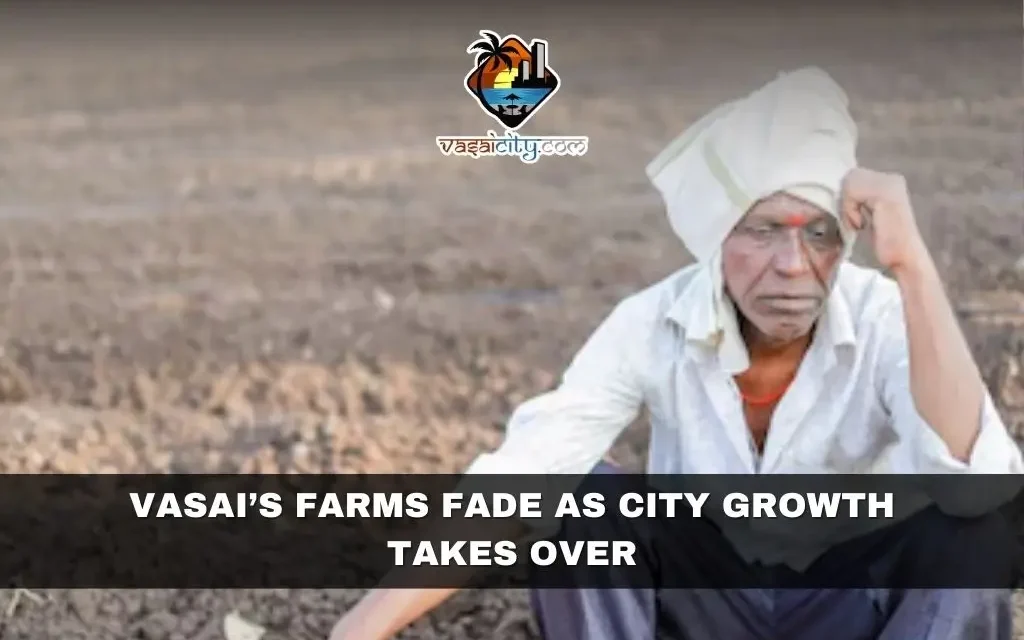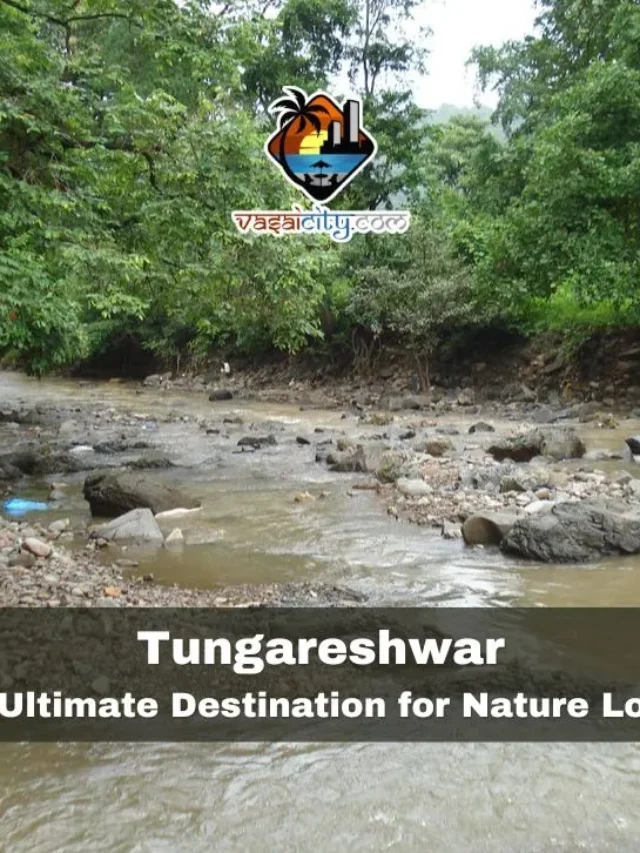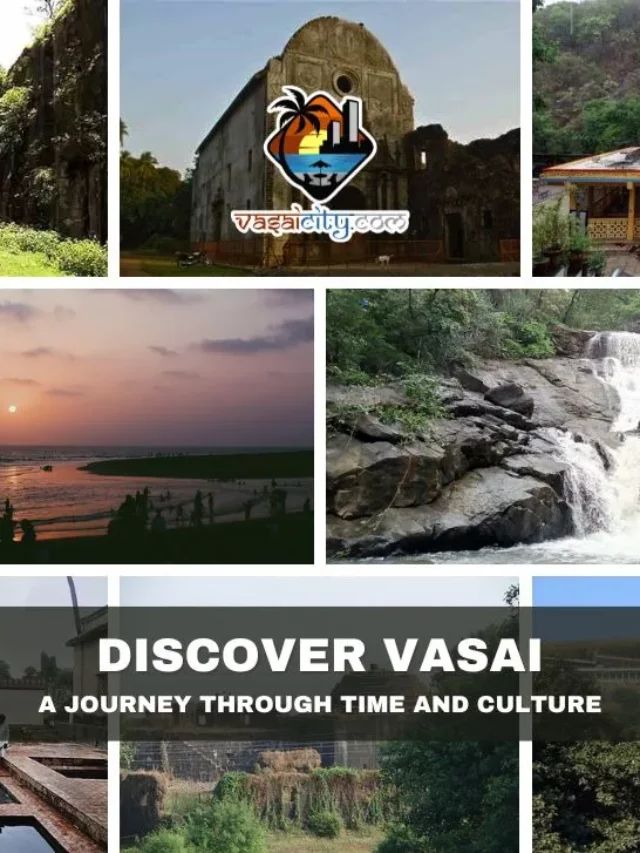Once a place where fields stretched out as far as you could see, Vasai Virar is now a hotspot for new buildings, roads, and all the signs of a modern city on the rise. But as the concrete spreads, the land that feeds people is disappearing—and the farmers are feeling the pinch.
Let’s start with the basics. Vasai Virar sits in Maharashtra’s Palghar district, part of the Mumbai Metropolitan Region. It’s growing fast, with people moving in and businesses setting up shop. That’s great for some, but not so much for the farmers who’ve been working the land here for generations. The numbers tell a stark story: out of 7,891 hectares of land that could be used for farming, only 6,791 hectares were planted this year. That leaves about 1,100 hectares—think of it as more than a thousand football fields—just sitting there, unused. It’s a big drop, and it’s got people talking.
So, what’s behind this? Well, the biggest culprit is the city’s expansion. As more people flood into Vasai Virar, there’s a huge demand for space—space for houses, apartments, factories, you name it. Developers are eyeing farmland and offering farmers cash to sell. For many, it’s an offer too good to pass up, especially when farming’s been tough lately. A few years back, this area had over 9,000 hectares of cultivable land, but bit by bit, it’s been chipped away. Now, we’re down to 7,891 hectares, and even less of it is being farmed.
But it’s not just about land being sold off. Farming itself has become a struggle. The weather’s been unpredictable—droughts one season, heavy rains the next, often at the wrong time. Then there are pests that swoop in and ruin crops before they can even ripen. Add to that the fact that finding workers is harder than ever. A lot of young people are leaving for city jobs, and those who stay want higher wages. For farmers, it’s a double whammy: more money going out for labor and supplies, but not enough coming in from what they grow. With prices for seeds and fertilizers climbing and crop prices staying low, it’s no wonder some are calling it quits.
Then there’s the mess that comes with all this development. Construction sites are everywhere, kicking up dust and dumping waste that’s making life harder for crops. In some spots, fields are surrounded by piles of dirt, holding water in ways that drown the plants. In others, trash and dirty water from nearby creeks seep into the soil, turning fertile land barren. Farmers say it’s like trying to grow food in a dump—nearly impossible.
Take the eastern parts of Vasai, for example. Farmers there planted their winter crops—stuff like wheat and mustard—hoping for a decent harvest. But with big projects like the bullet train and the Virar Alibag Corridor underway, the air’s thick with dust. It settles on the plants, blocking out the sun they need to grow. One farmer told us, “We put in the work, but this dust is choking our crops. What’s the point if we can’t even harvest?”
Because of all this, a lot of farmers are walking away. Some are selling their land to builders who turn it into shiny new complexes or hotels. Others are renting it out for things like warehouses or small factories. And a few are just letting it sit, too worn out or broke to keep going. For those who stick with it, the losses pile up year after year, pushing them to look for other ways to make a living—like taking up jobs in the city or pooling money with others to invest elsewhere.
This isn’t just a farmer problem, though—it affects everyone. Less farmland means less food grown locally, which could mean higher prices at the market down the line. It’s also a blow to the environment. Those fields weren’t just for crops; they were green spaces that kept the air cleaner and gave birds and animals a home. Plus, for the families who’ve farmed here forever, it’s not just about money—it’s their history, their way of life. Losing that stings deeper than any paycheck.
The local agriculture department’s trying to step in. They’ve got folks like Umakant Hatangale, an agricultural officer in Vasai taluka, working with farmers to find solutions. “We’re telling them to try machines instead of doing everything by hand,” he says. “We hold workshops to show them new ways to farm—ways that could make more money with less work.” They’re pushing ideas like using less water with drip systems or growing organic crops that fetch a better price. It’s all about making farming easier and worth the effort, especially for younger people who might otherwise leave it behind.
But here’s the thing: those ideas take time and money—two things a lot of farmers don’t have. Machines aren’t cheap, and learning new tricks isn’t quick. Plus, the pull of city life is strong. Land prices are soaring as developers circle, and for a farmer who’s barely breaking even, selling out can look like the only way to get ahead. Sure, the workshops are a start, but they’re up against a tidal wave of change.
So, where does that leave Vasai Virar? It’s a tricky spot. On one hand, growth is good—new homes, jobs, and roads mean progress. But on the other, losing farmland could cost the city in ways that aren’t so easy to see right now. Maybe there’s a middle ground—rules to save some land for farming, or deals that let builders and farmers both win. Imagine a new neighborhood with a patch of fields right next door, growing veggies for the residents. It’s a long shot, but it could work.
For now, though, the fields are shrinking, and the farmers are caught in the middle. It’s a story playing out here and in places all over the world—cities growing, farms fading. Next time you’re in Vasai Virar, take a look around. That new building going up? It might’ve been a rice paddy or a flower garden not so long ago. Progress keeps marching, but it’s worth asking: what are we leaving behind?
What do you think—can farming hang on in Vasai Virar, or is it time to let go? Drop your thoughts below—we’d love to hear from you!













